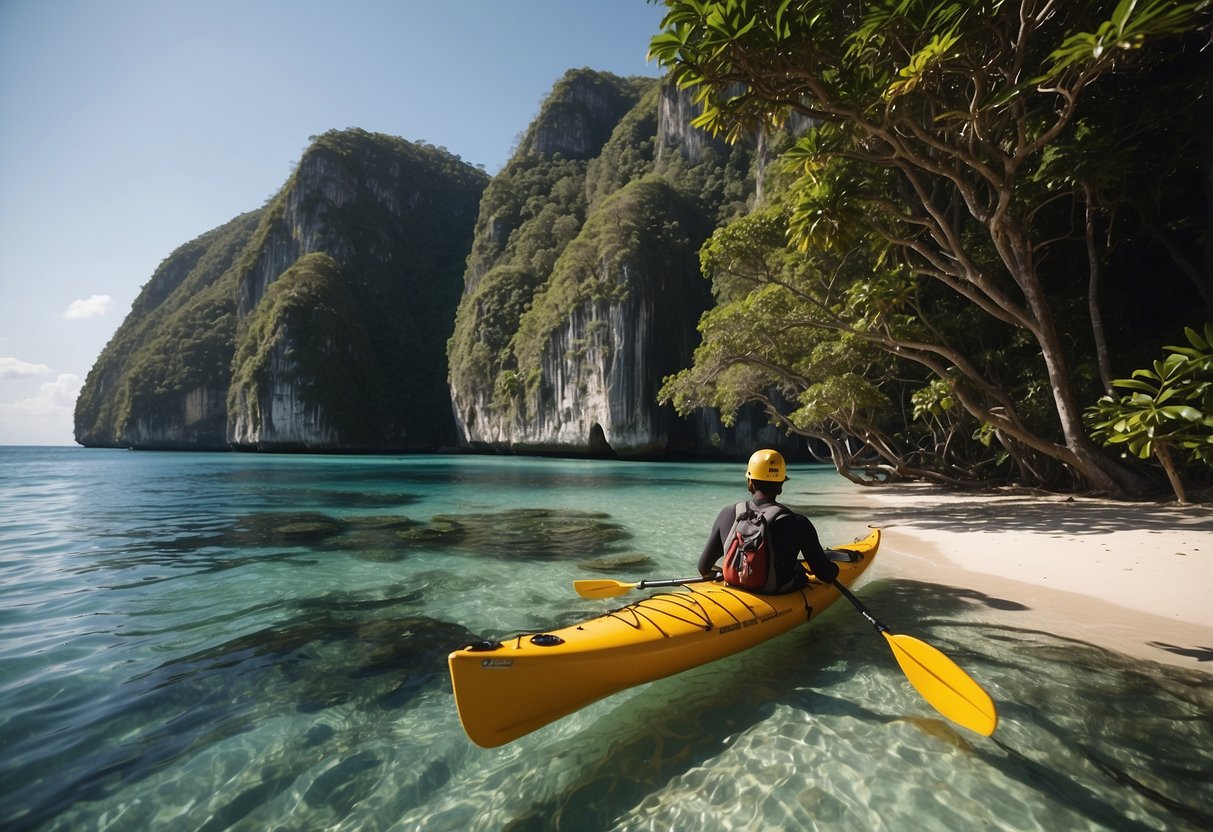
Sustainable Travel and Eco-Tourism
Southeast Asia offers a range of eco-friendly accommodations and practices and opportunities to support local communities, making it an excellent choice for sustainable travel.
Eco-friendly Accommodations and Practices
In Southeast Asia, many hotels and guesthouses adopt green practices to minimize their environmental footprint. These eco-friendly accommodations often use renewable energy sources, such as solar power, and implement water conservation measures, including low-flow showerheads and rainwater harvesting systems. Many properties also participate in waste reduction initiatives, like composting organic waste and eliminating single-use plastics. Some places even offer guests the option to engage in recycling programs and promote the use of environmentally friendly products. Additionally, sustainable travel experiences often highlight local culture and natural beauty, ensuring that tourism benefits both people and the planet.
Supporting Local Communities
Supporting local communities is a crucial aspect of sustainable travel in Southeast Asia. Travelers can choose homestays where they spend time with local families, gaining insight into traditional ways of life while directly contributing to the local economy. Many tour operators now offer community-based tourism experiences, such as guided walks led by local guides or workshops on traditional crafts. By purchasing locally-made goods and dining at local eateries, tourists can help ensure that more of their spending stays within the community. This approach not only supports local livelihoods but also helps preserve unique cultural heritage.
Mountainous Adventures and Trekking Trails
Southeast Asia offers a wealth of mountainous adventures and trekking trails perfect for adventure seekers. From the lush highlands of Vietnam and Laos to the rugged paths of Malaysia and Indonesia, these destinations provide a unique combination of natural beauty and challenging terrain.
The Highlands of Vietnam and Laos
The highlands of Vietnam, with destinations such as Sapa, present a stunning backdrop for trekking and hiking. The region is famous for its terraced rice fields, which appear as green and gold staircases carved into the mountainsides. Trekking through these areas brings travelers into contact with local Hmong and Dao communities, offering a glimpse into traditional ways of life.
In Laos, Vang Vieng stands out for its dramatic limestone karsts and mountain trails. Trekkers can explore the Nam Song River and its surrounding landscapes, making the area a hotspot for those seeking both adventure and relaxation. The trails here range from gentle walks to more strenuous hikes, catering to various levels of experience.
Trekking in Malaysia and Indonesia
In Malaysia, the island of Borneo is renowned for its dense rainforests and challenging trekking paths. Mount Kinabalu, the highest peak in Southeast Asia, attracts trekkers from all over the world. The route to the summit takes adventurers through diverse ecosystems, from tropical jungles to alpine meadows. This trek is suitable for those with a good level of fitness and a love for thrilling landscapes.
Indonesia’s Lombok Island offers the picturesque Mount Rinjani for those eager for an unforgettable trekking experience. Scaling this active volcano reveals stunning views of the crater lake, Segara Anak, and lush surroundings. The climb is tough but rewarding, providing adventurers with spectacular sunrises and a sense of accomplishment upon reaching the summit.
These destinations in Southeast Asia are ideal for those seeking rugged terrains and breathtaking vistas on their trekking adventures.